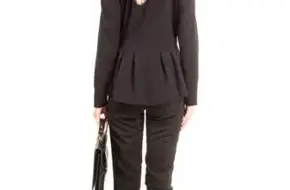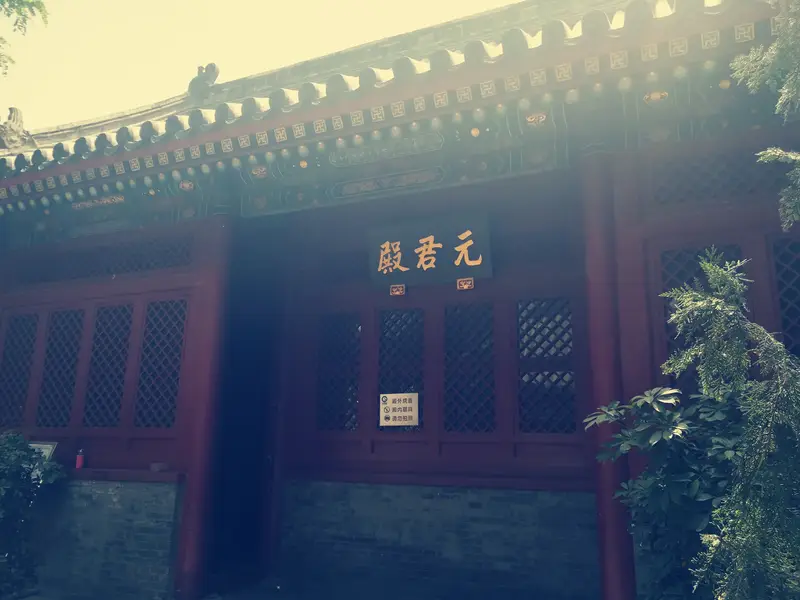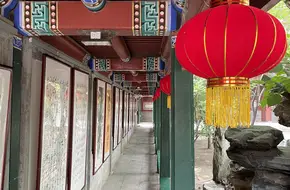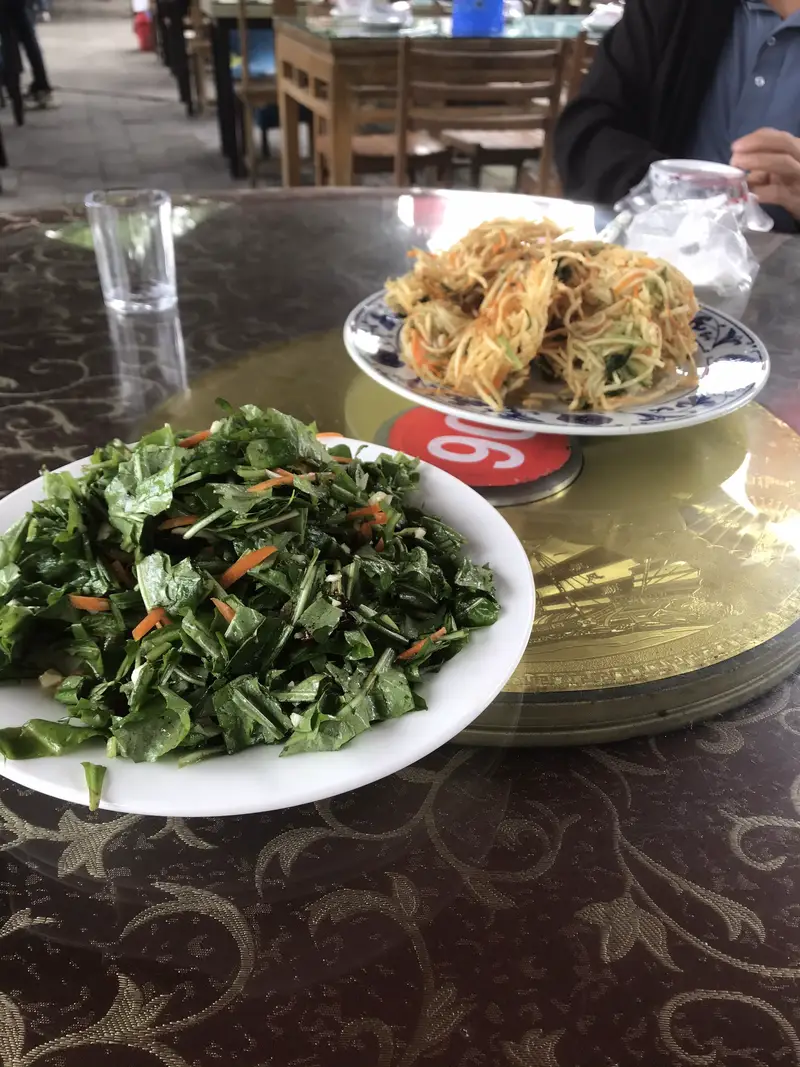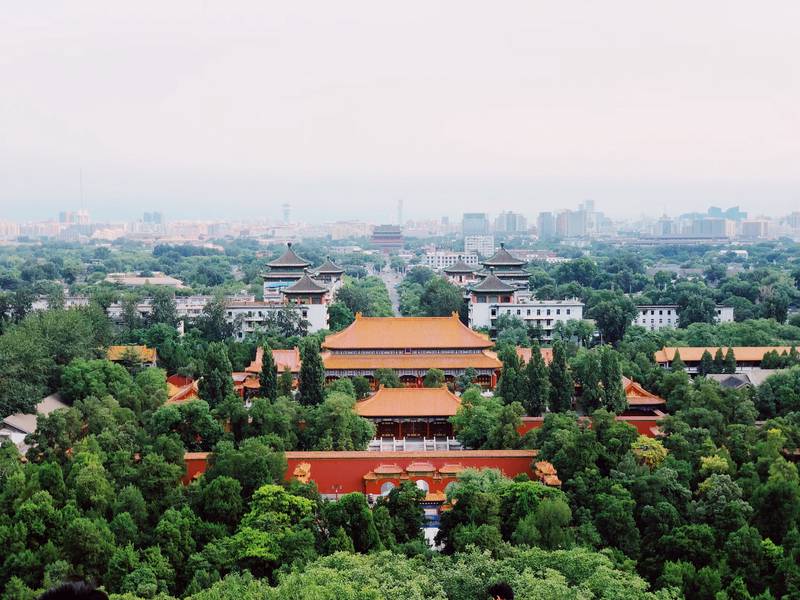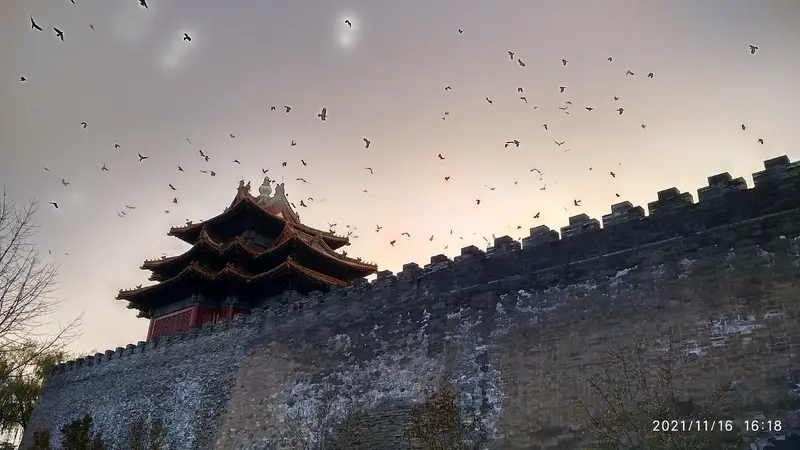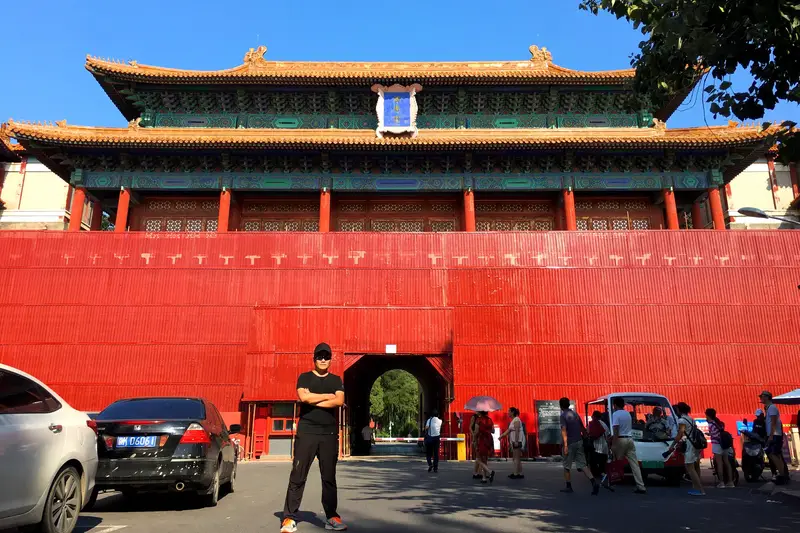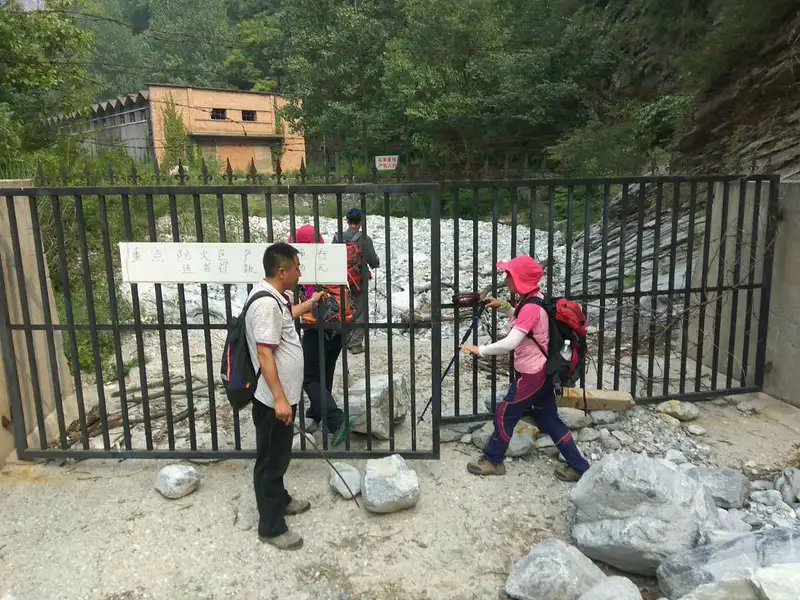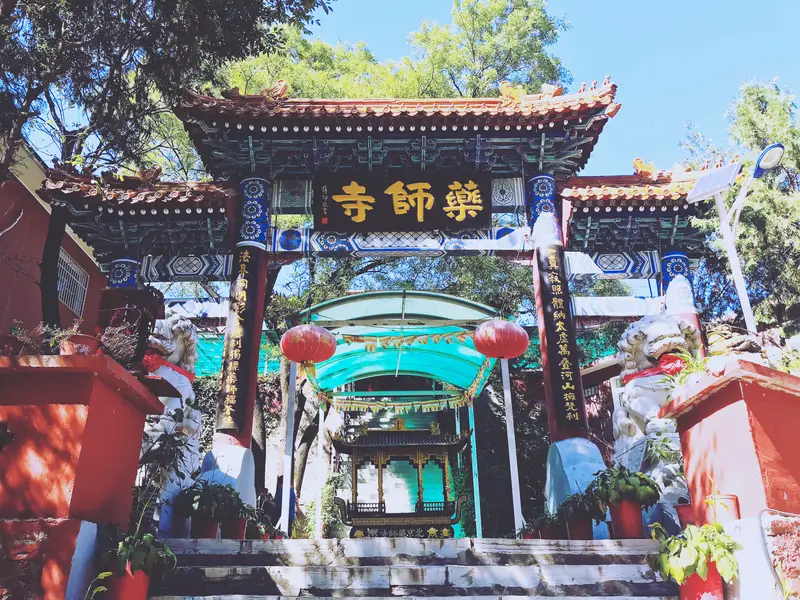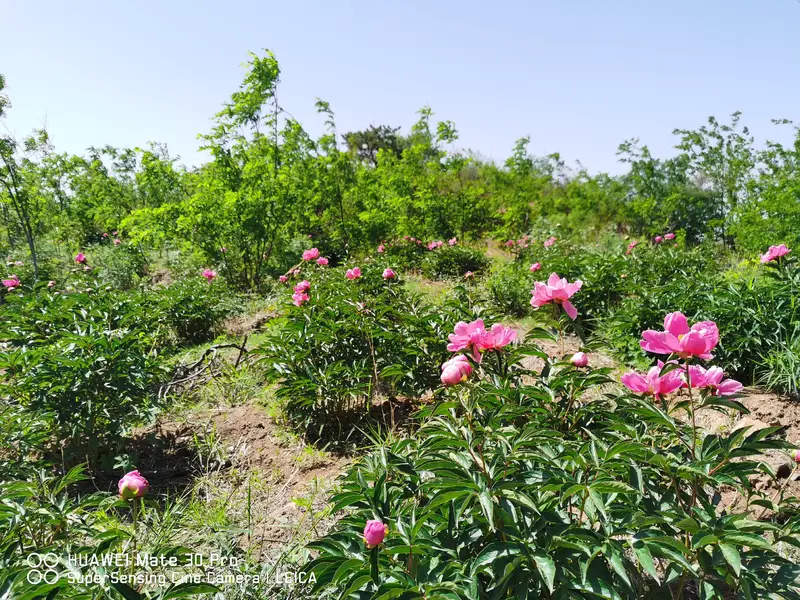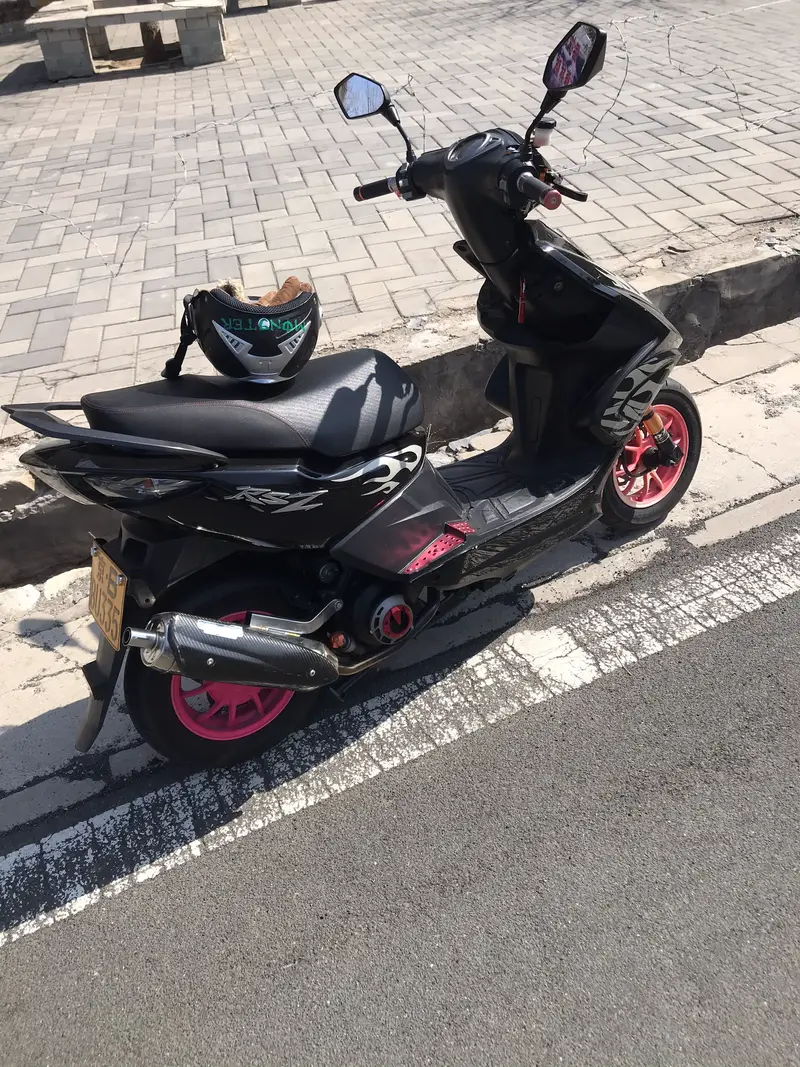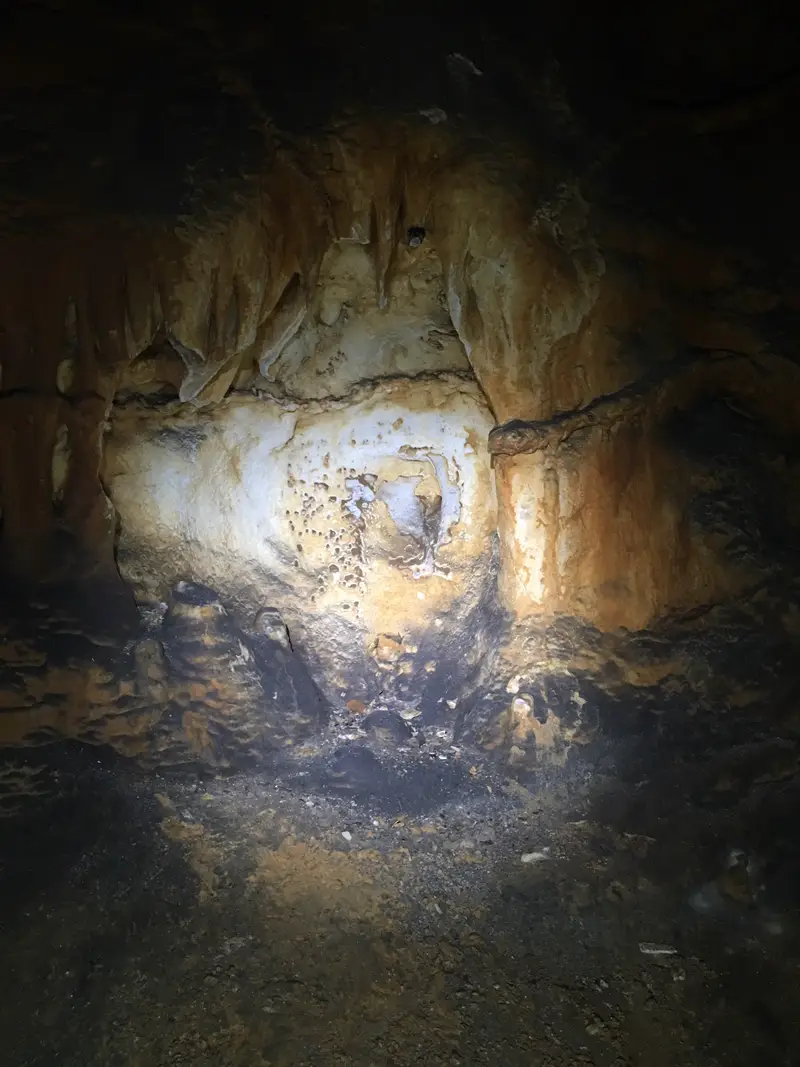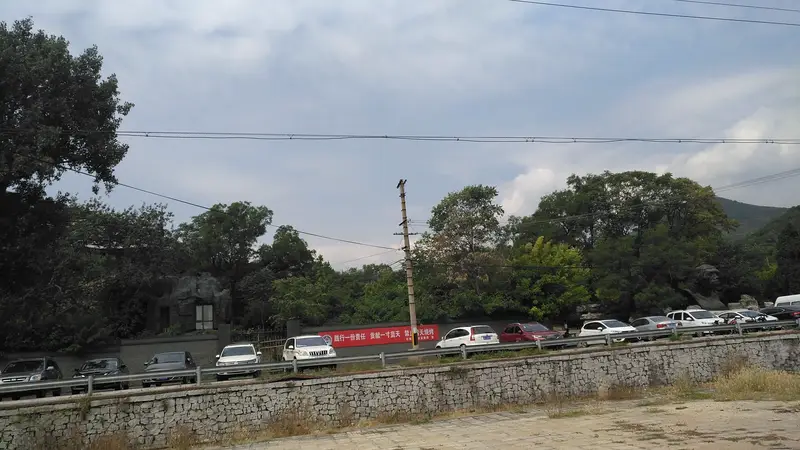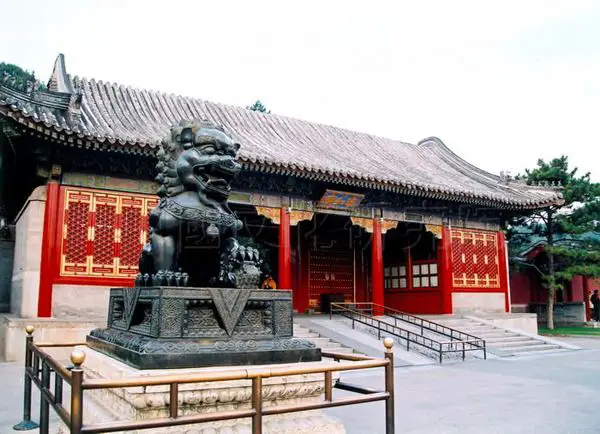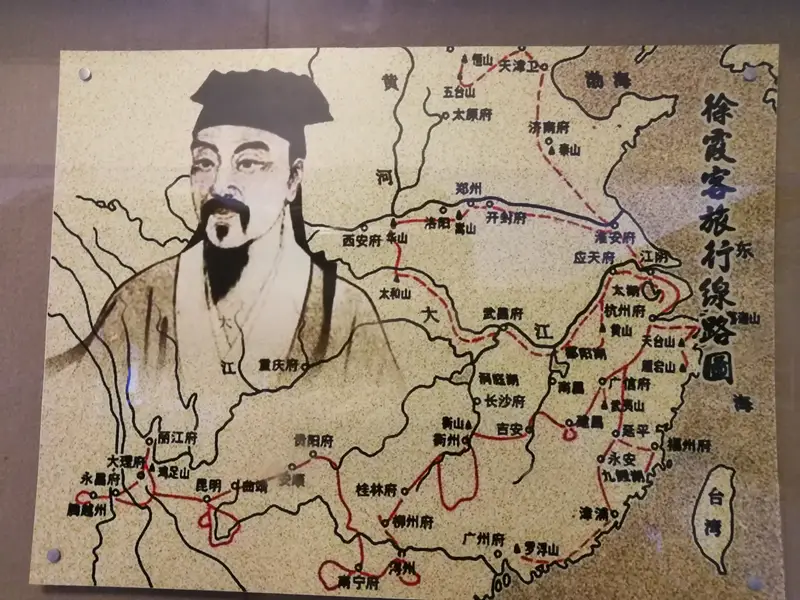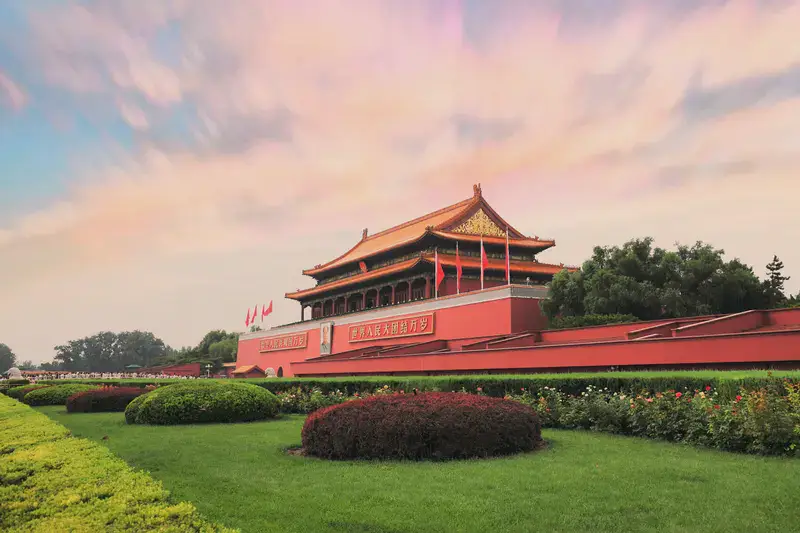Location & Transportation
Yuanjun Palace sits inside Beijing’s ancient Baiyun Taoist Temple, located at Baiyunguan Street in Xicheng District. To get there, take Beijing Subway Line 1 or Line 8 to Jishuitan Station, then walk about 15 minutes southwest. The temple’s red-walled complex is easy to spot—just follow the crowds or look for the iconic “Baiyun Guan” archway. Yuanjun Palace is tucked in the heart of the temple, near the main hall, so you can’t miss it during a visit.
Natural Scenery
Though Yuanjun Palace is a human-made wonder, its surroundings blend tranquility with history. The temple grounds feature ancient cypress trees and stone pathways lined with lanterns. In spring, cherry blossoms frame the rooftops, while autumn paints the courtyard in shades of gold. A small lotus pond nearby adds a touch of nature, reflecting the palace’s wooden carvings. Even in busy seasons, the space feels peaceful—perfect for a quiet moment.
Cultural & Historical Highlights
Yuanjun Palace, built in 1756 under Emperor Qianlong, was originally called “Descendant Hall” (子孙堂) and later nicknamed “Goddess Hall” (娘娘殿). At its core are five Qing Dynasty wooden statues, each 1.2 meters tall. The central figure is Bixia Yuanjun (碧霞元君), also known as the “Grandmother of Mount Tai”. Legend says she’s the daughter of Mount Tai’s god or one of seven women sent by the Yellow Emperor to invite immortals. Today, she’s worshipped as a guardian of farming, business, travel, marriage, and health.
To her left sit two deities: Cui Shen Niangniang (催生娘娘) for safe childbirth and Songzi Niangniang (送子娘娘) for blessing families with children. On the right are Yan Guang Niangniang (眼光娘娘) for eye health and Tian Hua Niangniang (天花娘娘) for protection against disease. These gods reflect Taoism’s inclusive approach, honoring both male and female spirits. Unlike many religions, Taoism celebrates powerful female figures—a unique trait that’s stood the test of time.
Practical Facilities
The temple is open daily from 8:00 AM to 5:00 PM, with free entry. Guided tours in English are sometimes available (check at the info desk). Nearby, vegetarian restaurants serve dumplings and noodles, while street vendors offer snacks like jianbing (crispy pancakes). Restrooms and gift shops selling Taoist charms and calligraphy prints are within the temple grounds. If you’re not familiar with Taoist practices, don’t worry—locals and staff are friendly and often explain customs like burning incense or clapping hands for luck.
Immersive Experience
Visiting Yuanjun Palace feels like stepping into a living history book. The wooden statues, aged to a deep patina, exude calm energy. Many people light red candles here, believing Bixia Yuanjun answers prayers. Her birthday on March 15th draws crowds for rituals, but even on regular days, the air buzzes with whispered wishes. Take time to admire the intricate carvings on the roof beams and doors—they’re covered in symbols like dragons and clouds.
For a deeper connection, try sitting quietly in the hall. Some visitors meditate, while others leave lucky red ribbons tied to the altar. If you’re curious about Taoism’s female gods, this spot offers a rare glimpse into their stories. Just remember to dress modestly (no shorts or tank tops) and avoid loud conversations—respect is key in sacred spaces.
Whether you’re into mythology, architecture, or simply soaking up old-world vibes, Yuanjun Palace delivers. It’s a tiny gem within Baiyun Taoist Temple, proof that even in bustling Beijing, tranquility and tradition survive.

